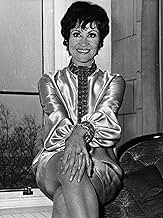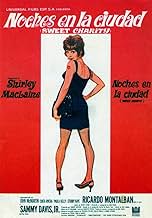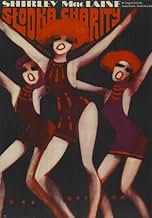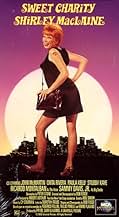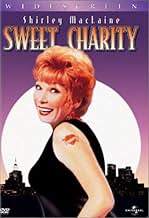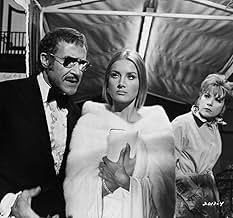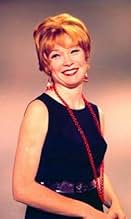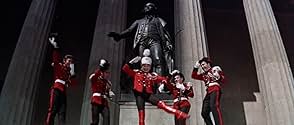Sure, Bob Fosse sometimes indulges in trendy late-60's stylistic touches like freeze-frames and crash-zooms. Some of the jokes by Neil Simon are corny, and Shirley MacLaine can be a little hard to take sometimes. The film also suffers from the bloated, over-produced quality that infected most 60's major studio musicals.
The dull non-musical scenes are a chore to sit through, but when one of Fosse's amazing production numbers begins, Sweet Charity soars into the sublime. Fosse was quite simply a genius, and the great showcase numbers such as "Hey Big Spender" and "Rich Man's Frug" are as brilliant as any dance numbers ever put on film.
Shifting configurations of dancers, contorted body poses, dance steps that are by turns awkward and graceful, a studied contrast between clustering dancers and separating dancers -- it is hard to describe the magic of the Pompeii Club sequence. I've always felt that Fosse's choreography has the same sense of space and volume as Cubist painting.
Fosse's camera placement and camera movement capture an ideal "in-the-round" feeling of choreographed numbers that one cannot experience in the theater. For a first-time film director, Fosse revealed an amazing facility for the form. Usually theater directors don't take to the medium of film as quickly as Fosse did. Usually, theater directors make visually unexciting films that feel stage-bound. Not Fosse -- Sweet Charity, despite some flaws, doesn't play like a filmed stage play, it has the visual panache of Fellini and Godard.
Sweet Charity was just a warm-up, Fosse's personal film school at Universal's expense, before he truly mastered the form of film-making with the classic Cabaret.


